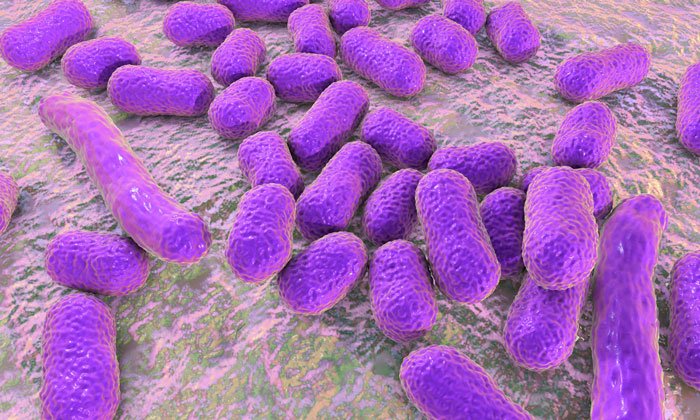New body of resistance gene research has potential to combat superbugs
Posted: 8 February 2018 | Drug Target Review | No comments yet
Scientists in Denmark have made it possible to rank the risk of resistance genes and predict the evolution of existing and future drugs.


Genes that can equip bacteria with resistance to clinically used antibiotics can be found in a variety of natural environments, however, a functional overview of these resistance genes has thus far been missing.
Research from the Novo Nordisk Foundation Center for Biosustainability at the Technical University of Denmark has changed this, making it now possible to rank the risk of resistance genes and assist with the success of new products.
Commenting on the value of the gene information they have gleaned, Andreas Porse, Postdoc at the Novo Nordisk Foundation Center for Biosustainability, said: “We are confident that the detailed phenotypic information on the large collection of individual resistance genes obtained in our study will help to expand the knowledge of antibiotic use and drug development. Such information has the potential to benefit both the pharmaceutical companies and the doctors that prescribe the antibiotics,”
Bacteria share genes
Bacteria are naturally sociable organisms that constantly share their genes with each other. This exchange of genes contributes to an emerging crisis of antibiotic resistance due to the inclination of many harmful pathogens, including Escherichia coli, to live in communities where one transfer event can turn them into ‘superbugs’.
The researchers used synthetic biology to sample a large mechanistic diversity of resistance genes and investigate the impact of gene transfer to a new bacterial host. By providing this diversity and resolution it was possible to show that the biochemical mechanism of a gene product and its compatibility with host physiology is far more important than, for example, the sequence composition of a gene.
“This information is useful when developing novel antibiotics because a company might want to avoid drugs that are likely to be targeted by resistance mechanisms that may easily disseminate among pathogenic hosts. For example, the results suggest that genes causing resistance to penicillin may incorporate themselves more easily into new hosts compared to those involved in tetracycline resistance” proffers Porse.
Benefits of resistance gene research
Not only will these results serve as a useful reference tool for biomedical researchers to access the functional profiles of the resistance genes they observe in pathogens, but they will also aid the development of new products.
By sampling 200 genes it becomes clear which genes have mechanisms that enable it to easily integrate into a cell. The fundamentals of such research concern the biochemical mechanism and host in which the genes naturally occur. A better understanding of this relationship is very useful for the construction of cell factories and biological circuits where genes from different organisms are often combined in a context distantly related to their original hosts.
Commenting on the potential application of the research, Porse explains: “In biotechnology, we often wish to take genes from one organism and express them in another – sometimes a distantly related organism – to obtain novel functionalities in our favourite host. Our data might help engineers to predict the effects of different genes in novel cellular contexts. This will enhance a more rational construction of cell factories for the production of important bio-chemicals.”
Related topics
Antibiotics, Bioengineering, Genetic analysis
Related organisations
Novo Nordisk Foundation Center for Biosustainability, Technical University of Denmark
Related people
Andreas Porse


